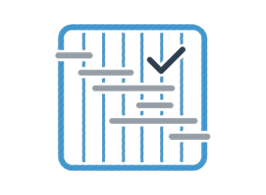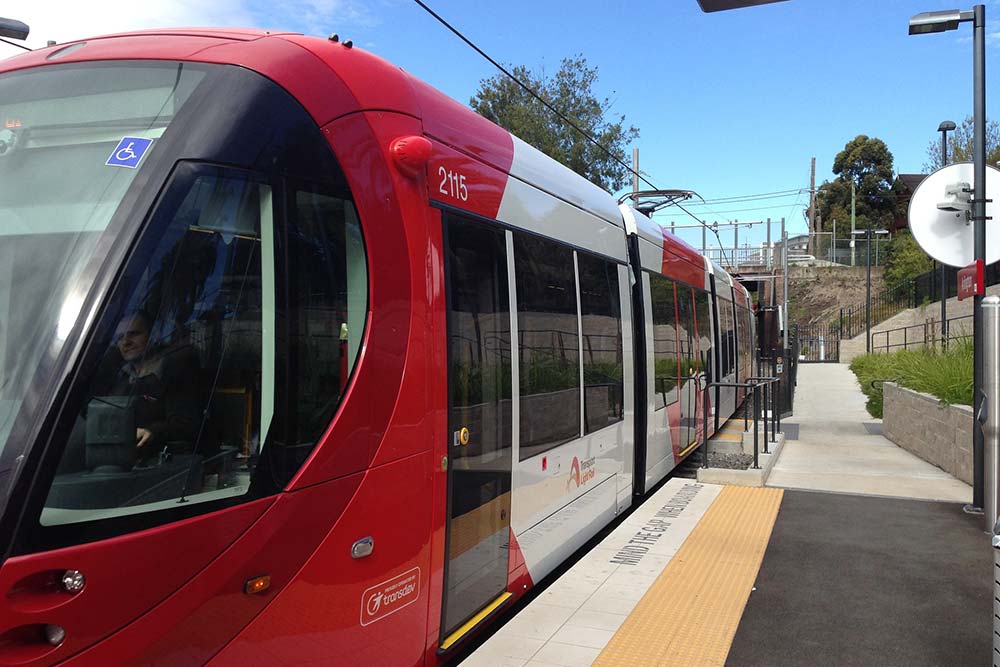NetworkSim Product
NetworkSim shows visually and with data outputs how a network will perform with different infrastructure or timetable options. It takes industry standard inputs (in rail from timetable tools like RailSys, Hastus or Austrics) or IoT/logistics networks time stamps. We build a schematic of your physical network and set vehicles to interact with the network based on your inputs (either real-life timestamp data, or planning tools like GTFS timetables).
NetworkSim then statistically evaluates the quality of different infrastructure options or timetables by simulating the results. This is particularly powerful where there are too many options to check manually, or when legacy timetable tools take too long to build and change (or don't have enough model runs to be statistically valid).
Product Modules
NetworkSim has a number of modules that can be used on a stand-alone basis or as part of a wider deployment as follows:
Dwell Time
NetworkSim has a dwell time module to help calculate the most likely dwell times for your public transport network. Our model is built on the basis of the Boston Dwell Time model in academic research and blends expected patronage with systems performance to calculate the necessary dwell times. The model builds a dwell time distribution that NetworkSim can draw from in its core product, or it can be used as a stand-alone module.
Demand-Responsive Transport
Our DRT module is designed to simulate performance of your demand-response transport services. Traditional timetable software requires fixed routes and fixed journey times to properly estimate service performance (including waiting time, in-vehicle time and journey time), vehicle kilometres and staffing requirements. NetworkSim overcomes this by randomly generating tens of thousands of pick-up requests within a proposed on-demand zone. Demand parameters can be set so they exclude areas with traditional public transport, or ignore areas with limited population density. The resulting distribution of journey times form a robust estimate of vehicle service hours, kilometres and performance. We include live traffic journey time requests, so the actual matches the plan. The zones can also be backwards-engineered to match specific service times (e.g. what size would the on-demand zone need to be in order to provide a 10-minute pick-up guarantee with 2 vehicles running).













